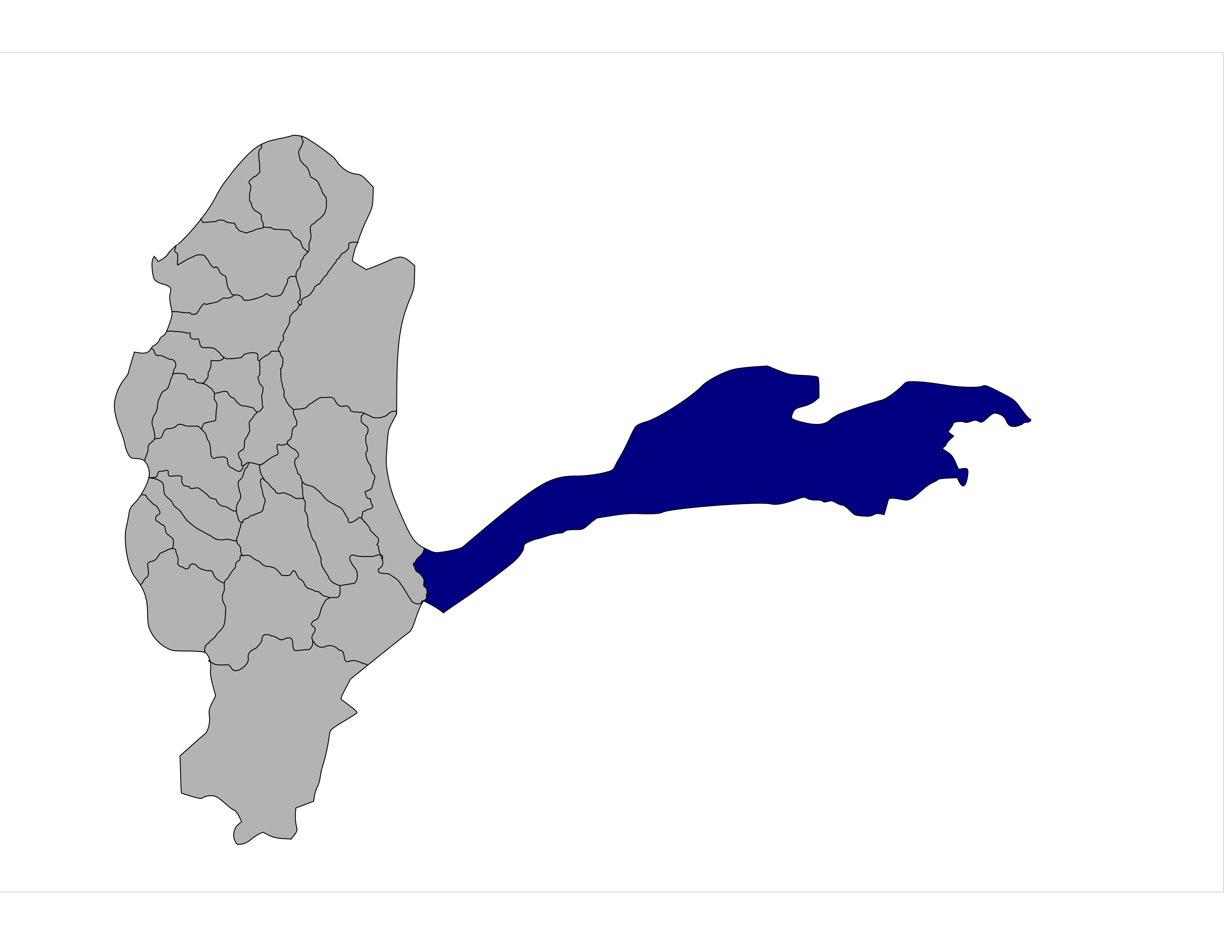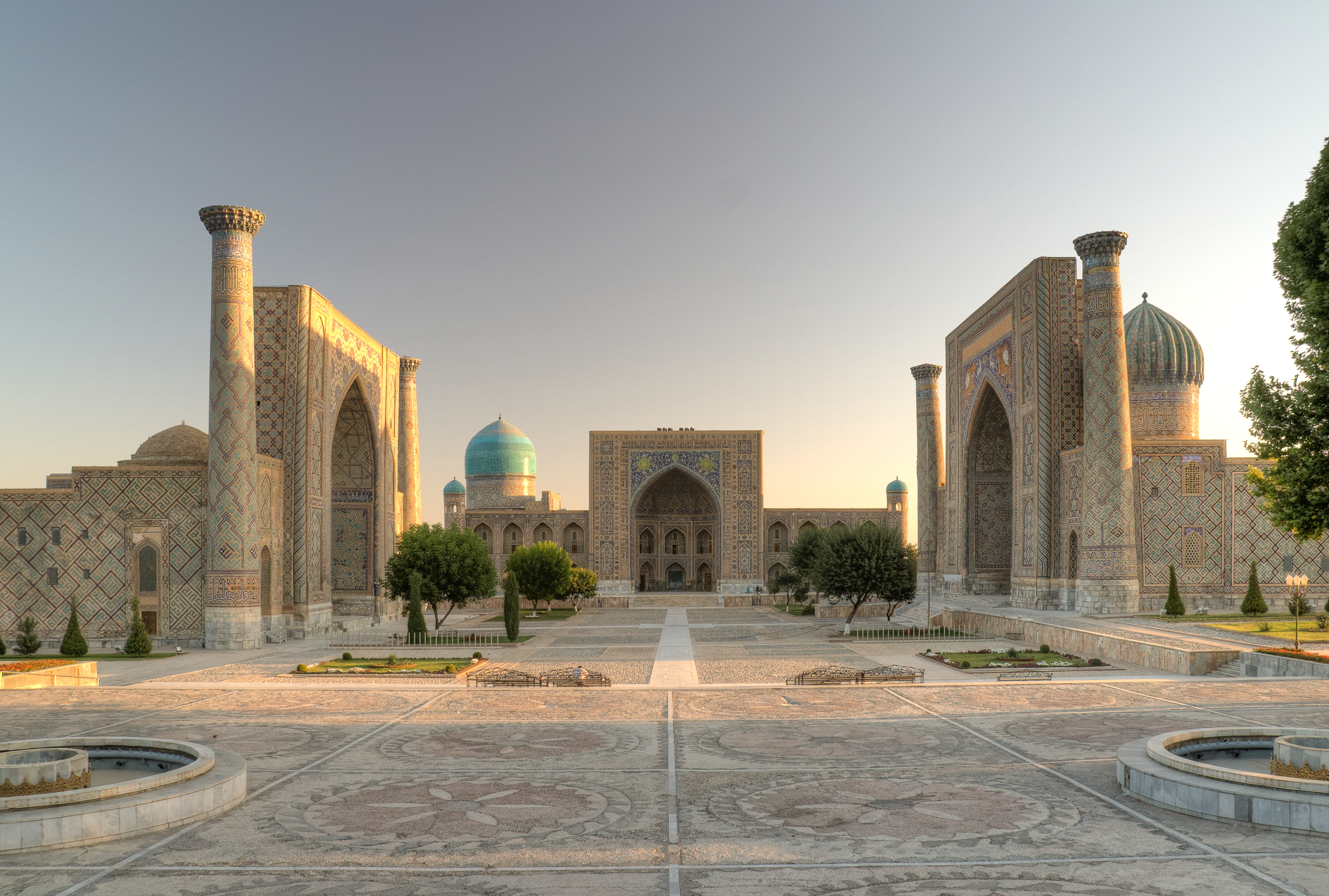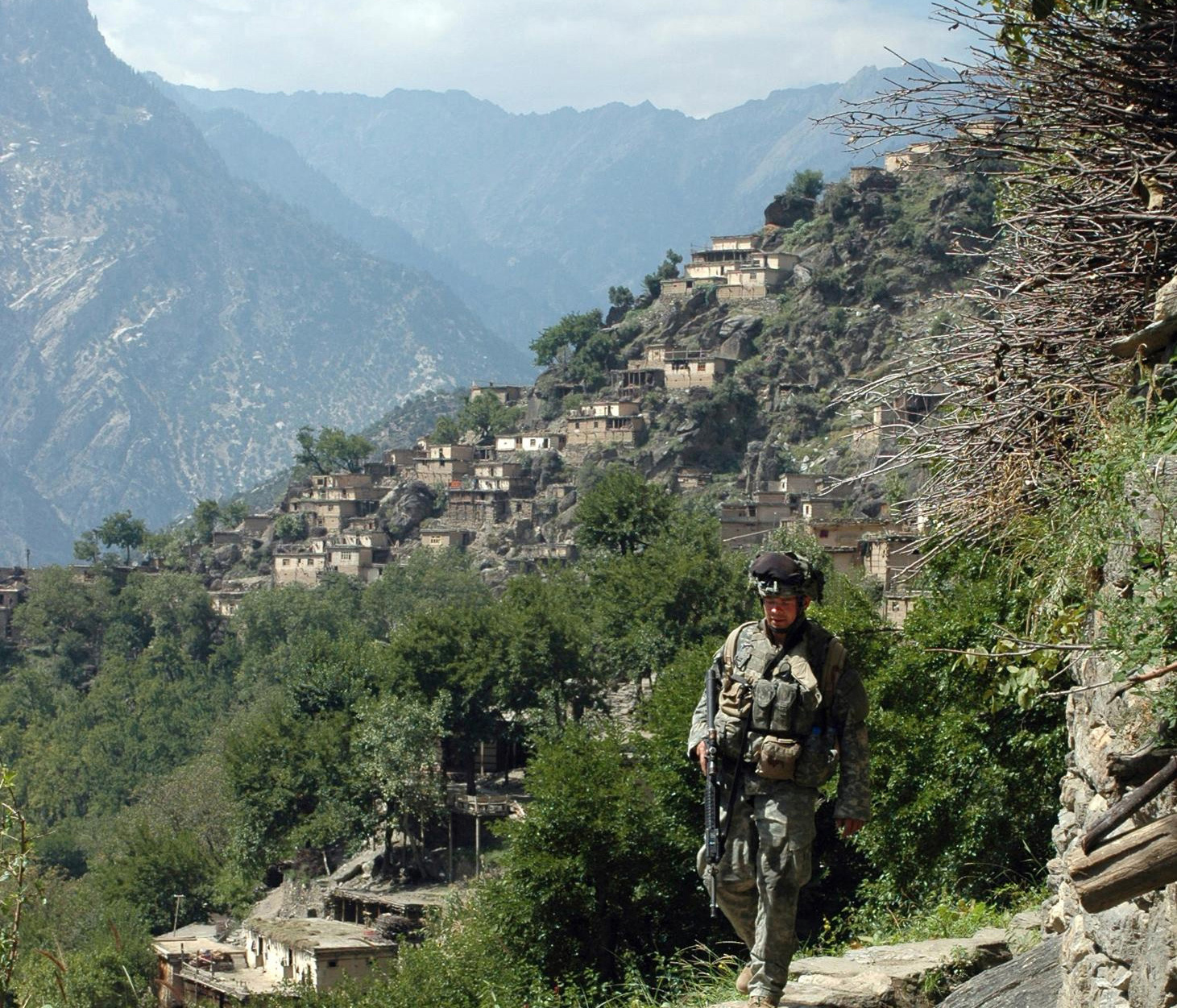|
Natural Areas Of Afghanistan
This is a list of protected areas of Afghanistan.UNEP-WCMC (2021). Protected Area Profile for Afghanistan from the World Database of Protected Areas. Accessed 15 August 2021/ref> * Ab-i Istada, Ab-i-Estada Nature Reserve, Ghazni Province * Ajar Valley Nature Reserve, Bamyan Province * Bamiyan National Heritage Park, Bamyan Province *Bamiyan Plateau Protected Landscape, Bamyan Province *Band-e Amir National Park, Bamyan Province * Darqad (Takhar) Wildlife Reserve, Takhar Province * Dasht-i-Nawar Waterfowl Sanctuary, Ghazni Province * Hamun-i-Puzak Waterfowl Sanctuary, Farah and Nimroz provinces *Imam Sahib (Kunduz) Wildlife Reserve, Kunduz Province * Khulm Landmark Protected Area, Balkh Province * Koh-e Baba (Shah Foladi) Protected Landscape, Bamyan province * Kol-i-Hashmat Khan Waterfowl Sanctuary, Kabul Province *Northwest Afghanistan Game Managed Reserve, Herat Province *Nuristan National Park and Wildlife Reserve, Nuristan Province * Pamir-i-Buzurg Wildlife Reserve, Badakhshan ... [...More Info...] [...Related Items...] OR: [Wikipedia] [Google] [Baidu] |
Protected Area
Protected areas or conservation areas are locations which receive protection because of their recognized natural, ecological or cultural values. There are several kinds of protected areas, which vary by level of protection depending on the enabling laws of each country or the regulations of the international organizations involved. Generally speaking though, protected areas are understood to be those in which human presence or at least the exploitation of natural resources (e.g. firewood, non-timber forest products, water, ...) is limited. The term "protected area" also includes marine protected areas, the boundaries of which will include some area of ocean, and transboundary protected areas that overlap multiple countries which remove the borders inside the area for conservation and economic purposes. There are over 161,000 protected areas in the world (as of October 2010) with more added daily, representing between 10 and 15 percent of the world's land surface area. As of 20 ... [...More Info...] [...Related Items...] OR: [Wikipedia] [Google] [Baidu] |
Hashmat Khan Park
__NOTOC__ Hashmat Khan Park ( ps, کول حشمت خان) aka Kul-e-Heshmat Khan is a waterfowl sanctuary and protected area located in Kabul Kabul (; ps, , ; , ) is the capital and largest city of Afghanistan. Located in the eastern half of the country, it is also a municipality, forming part of the Kabul Province; it is administratively divided into 22 municipal districts. Acco ..., Afghanistan. History In June 2017 the Ministry of Agriculture, Irrigation and Livestock announced Kul-e-Heshmat Khan as the fourth national park on the occasion of World Environment Day. References {{commons category, Kabul, position=left National parks of Afghanistan Lakes of Afghanistan Protected areas established in 2017 2017 establishments in Afghanistan Important Bird Areas of Afghanistan Landforms of Kabul Province Reservoirs in Afghanistan Geography of Kabul Province Parks in Kabul Kabul Province ... [...More Info...] [...Related Items...] OR: [Wikipedia] [Google] [Baidu] |
Lists Of Protected Areas By Country
A ''list'' is any set of items in a row. List or lists may also refer to: People * List (surname) Organizations * List College, an undergraduate division of the Jewish Theological Seminary of America * SC Germania List, German rugby union club Other uses * Angle of list, the leaning to either port or starboard of a ship * List (information), an ordered collection of pieces of information ** List (abstract data type), a method to organize data in computer science * List on Sylt, previously called List, the northernmost village in Germany, on the island of Sylt * ''List'', an alternative term for ''roll'' in flight dynamics * To ''list'' a building, etc., in the UK it means to designate it a listed building that may not be altered without permission * Lists (jousting), the barriers used to designate the tournament area where medieval knights jousted * ''The Book of Lists'', an American series of books with unusual lists See also * The List (other) * Listing (di ... [...More Info...] [...Related Items...] OR: [Wikipedia] [Google] [Baidu] |
Protected Areas Of Asia
Protection is any measure taken to guard a thing against damage caused by outside forces. Protection can be provided to physical objects, including organisms, to systems, and to intangible things like civil and political rights. Although the mechanisms for providing protection vary widely, the basic meaning of the term remains the same. This is illustrated by an explanation found in a manual on electrical wiring: Some kind of protection is a characteristic of all life, as living things have evolved at least some protective mechanisms to counter damaging environmental phenomena, such as ultraviolet light. Biological membranes such as bark on trees and skin on animals offer protection from various threats, with skin playing a key role in protecting organisms against pathogens and excessive water loss. Additional structures like scales and hair offer further protection from the elements and from predators, with some animals having features such as spines or camouflage servin ... [...More Info...] [...Related Items...] OR: [Wikipedia] [Google] [Baidu] |
Protected Areas Of Afghanistan
This is a list of protected areas of Afghanistan.UNEP-WCMC (2021). Protected Area Profile for Afghanistan from the World Database of Protected Areas. Accessed 15 August 2021/ref> * Ab-i Istada, Ab-i-Estada Nature Reserve, Ghazni Province * Ajar Valley Nature Reserve, Bamyan Province * Bamiyan National Heritage Park, Bamyan Province *Bamiyan Plateau Protected Landscape Bamyan or Bamyan Valley (); ( prs, بامیان) also spelled Bamiyan or Bamian is the capital of Bamyan Province in central Afghanistan. Its population of approximately 70,000 people makes it the largest city in Hazarajat. Bamyan is at an alti ..., Bamyan Province * Band-e Amir National Park, Bamyan Province *Darqad (Takhar) Wildlife Reserve, Takhar Province *Dasht-i-Nawar Waterfowl Sanctuary, Ghazni Province *Hamun-i-Puzak Waterfowl Sanctuary, Farah and Nimroz provinces *Imam Sahib (Kunduz) Wildlife Reserve, Kunduz Province *Khulm Landmark Protected Area, Balkh Province *Koh-e Baba (Shah Foladi) Protected Lan ... [...More Info...] [...Related Items...] OR: [Wikipedia] [Google] [Baidu] |
Zadran National Reserve
Zadran may refer to: People * Zadran (Pashtun tribe) * Shapoor Zadran, Afghan cricket player * Noor Zadran, Afghan footballer * Noor Ali Zadran Noor Ali Zadran (Pashto: نور علی ځدراڼ; born 10 July 1988) is an Afghan cricketer. Ali is a right-handed batsman and a right-arm medium-fast bowler who plays for the Afghanistan national cricket team. He cites Ricky Ponting as his c ..., Afghan cricket player * Dawlat Zadran, Afghan cricket player Other * Wuza Zadran District, Afghanistan {{disamb, surname ... [...More Info...] [...Related Items...] OR: [Wikipedia] [Google] [Baidu] |
Wakhan National Park
__NOTOC__ Wakhan National Park is a national park in Afghanistan. Established in 2014, the park comprises the entire district of Wakhan, extending along the Wakhan Corridor between the Pamir mountains and the Hindu Kush, bordering Tajikistan to the north, Pakistan to the south, and China to the east. Flora and fauna include some 600 plant species, the snow leopard, lynx, wolf, brown bear, stone marten, red fox, Pallas's cat, ibex, Marco Polo sheep, and urial. Remote and largely above the tree line, poaching and overgrazing, rather than mining and logging, currently pose the main threats. 13,000 Wakhi and 1,500 Kyrgyz live in the area. See also * Band-e Amir National Park * Wildlife of Afghanistan * Wakhan * Wakhan Corridor The Wakhan Corridor ( ps, واخان دهلېز, translit=wāxān dahléz, fa, دالان واخان, translit=dâlân vâxân) is a narrow strip of territory in Badakhshan Province of Afghanistan, extending to Xinjiang in China and separatin ... Ref ... [...More Info...] [...Related Items...] OR: [Wikipedia] [Google] [Baidu] |
Registan Desert Wildlife Managed Reserve
The Registan ( Uzbek: Регистон, Registon) was the heart of the ancient city of Samarkand of the Timurid Empire, now in Uzbekistan. The name ''Rēgistan'' () means "sandy place" or "desert" in Persian. The Registan was a public square, where people gathered to hear royal proclamations, heralded by blasts on enormous copper pipes called ''dzharchis'' - and a place of public executions. It is framed by three madrasahs (Islamic schools) of distinctive Islamic architecture. The square was regarded as the hub of the Timurid Renaissance. Madrasahs The three madrasahs of the Registan are: the Ulugh Beg Madrasah (1417–1420), the Sher-Dor Madrasah (1619–1636), and the Tilya-Kori Madrasah (1646–1660). Madrasah is an Arabic term meaning school. Ulugh Beg Madrasah (1417–1420) The Ulugh Beg Madrasah, built by Ulugh Beg during the Timurid Empire era of Timur, has an imposing iwan with a lancet-arch pishtaq or portal facing the square. The corners are flanked by high minare ... [...More Info...] [...Related Items...] OR: [Wikipedia] [Google] [Baidu] |
Nuristan National Park And Wildlife Reserve
Nuristan, also spelled as Nurestan or Nooristan (Dari: ; Kamkata-vari: ), is one of the 34 provinces of Afghanistan, located in the eastern part of the country. It is divided into seven districts and is Afghanistan's least populous province, with a population of around 167,000. Parun serves as the provincial capital. Nuristan is bordered on the south by Laghman and Kunar provinces, on the north by Badakhshan province, on the west by Panjshir province. The origins of the Nuristani people traces back to the 4th century BC. Some Nuristanis claim being descendants of the Greek occupying forces of Alexander the Great. It was formerly called Kafiristan ( ps, ) ("Land of the Infidels") until the inhabitants were forcibly converted from an animist religion; a form of ancient Hinduism infused with local variations, to Islam in 1895, and thence the region has become known as Nuristan ("land of illumination", or "land of light"). The region was located in an area surrounded by Buddhist ... [...More Info...] [...Related Items...] OR: [Wikipedia] [Google] [Baidu] |
Northwest Afghanistan Game Managed Reserve
The points of the compass are a set of horizontal, radially arrayed compass directions (or azimuths) used in navigation and cartography. A compass rose is primarily composed of four cardinal directions—north, east, south, and west—each separated by 90 degrees, and secondarily divided by four ordinal (intercardinal) directions—northeast, southeast, southwest, and northwest—each located halfway between two cardinal directions. Some disciplines such as meteorology and navigation further divide the compass with additional azimuths. Within European tradition, a fully defined compass has 32 'points' (and any finer subdivisions are described in fractions of points). Compass points are valuable in that they allow a user to refer to a specific azimuth in a colloquial fashion, without having to compute or remember degrees. Designations The names of the compass point directions follow these rules: 8-wind compass rose * The four cardinal directions are north (N), east (E), s ... [...More Info...] [...Related Items...] OR: [Wikipedia] [Google] [Baidu] |
Koh-e Baba (Shah Foladi) Protected Landscape
The Baba Mountain range ( ps, بابا غر Bâbâ Ǧar; fa, کوه بابا Kōh-i Bābā; or Kūh-e Bābā; ''Kōh'' or ''Kūh'' meaning ′mountain′, ''Bābā'' meaning ′father′) is the western extension of the Hindu Kush, and the origin of Afghanistan's Kabul, Arghandab, Helmand, Farah, Hari, Murghab, Balkh, and Kunduz rivers. The mountain range is crowned by ''Foladi peak'' (or Shah Fuladi) rising 5048 m (some old maps and dictionaries: on universal_lexikon.de 5143 m) above sea level, and is located south of Bamyan. The Koh-e Firoz plateau merges farther to the west by gentle gradients into the |




